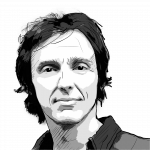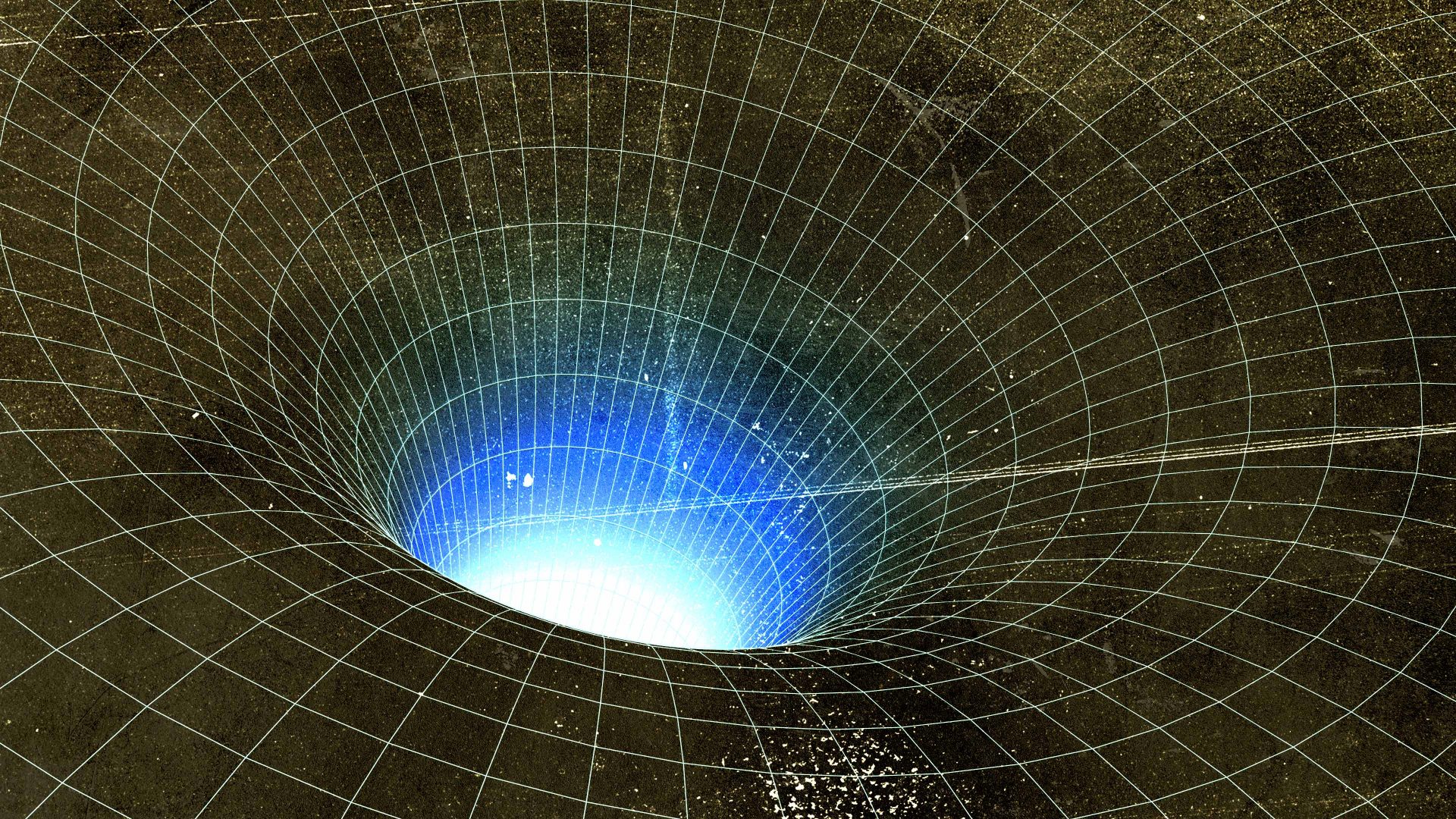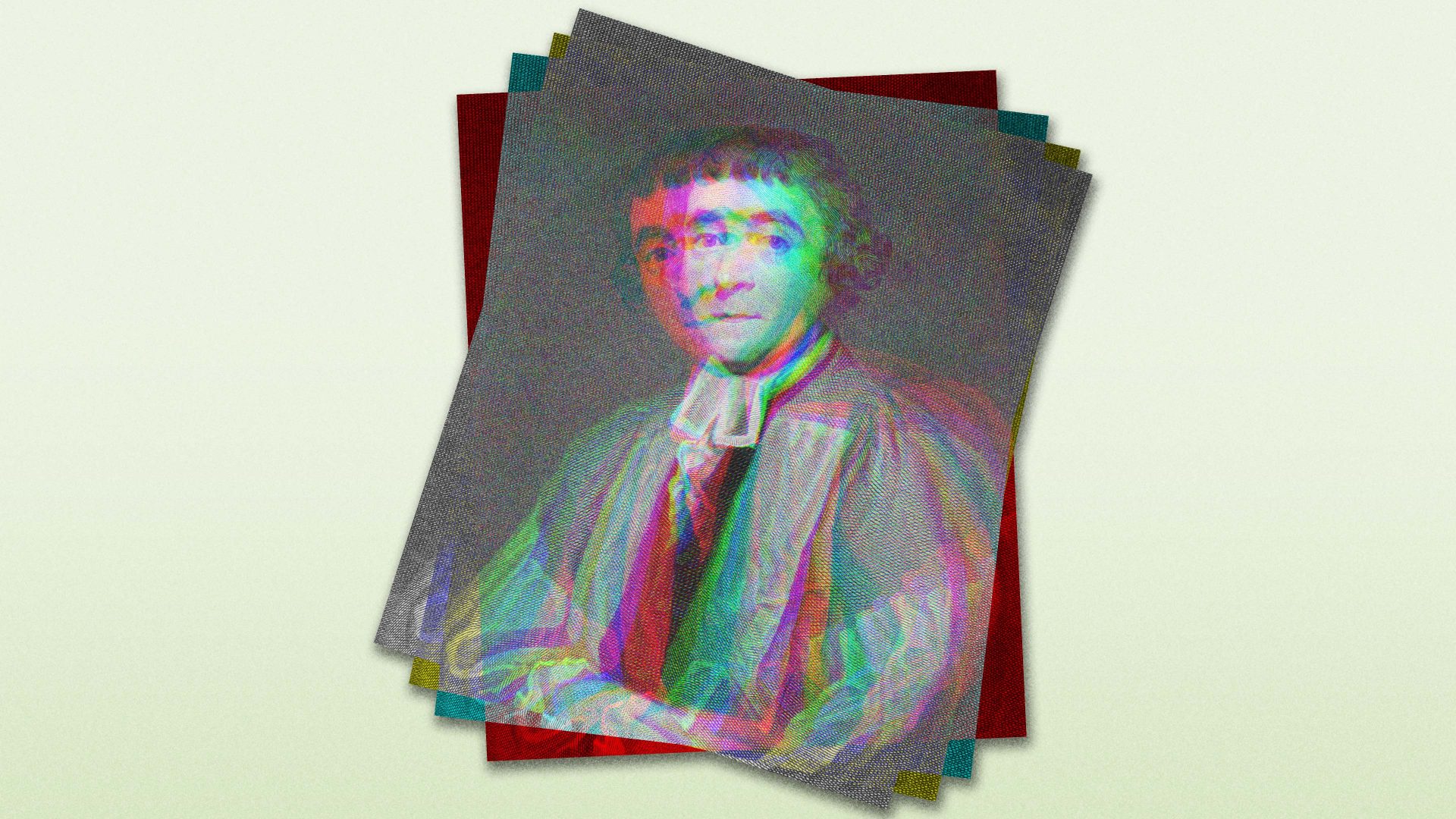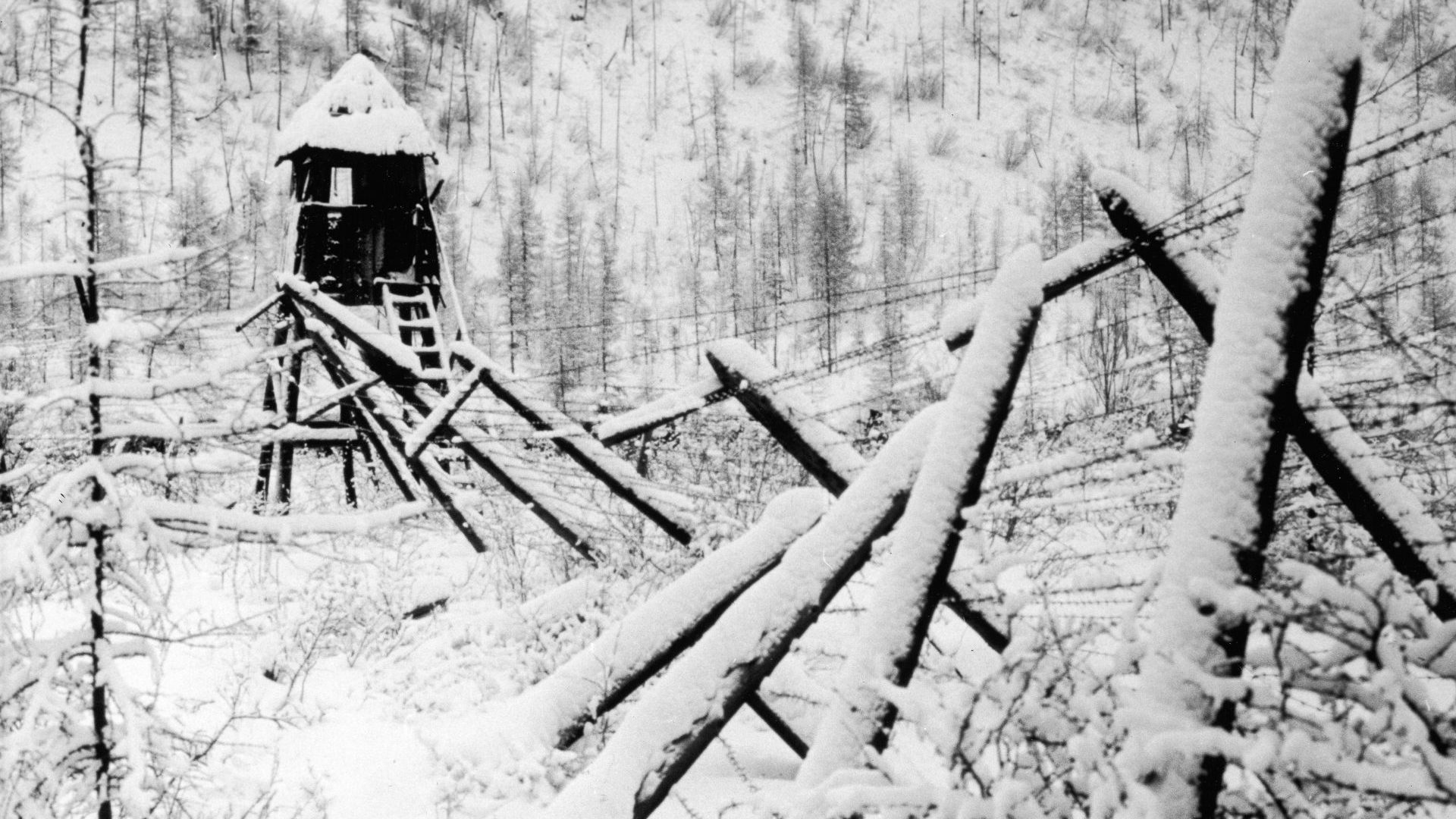Right now, “fundamental” physics – the study of the particles and forces that constitute all we observe – has to work with not one but two theories. Quantum mechanics describes matter and energy at the smallest scales, while the theory of general relativity accounts for gravity and the universe on cosmic scales. The trouble is, they don’t fit together. Crudely put, general relativity portrays space as smooth, whereas quantum mechanics insists that it has a kind of discrete graininess if we look closely enough.
We’ve known about this discrepancy for at least a century, but no one has yet found a way to resolve it: to come up with a single theory that works at all scales. Quantum theory describes three of the four fundamental forces (excepting gravity) and says that each force has a particle associated with it. For the electromagnetic force responsible for electrical and magnetic interactions, that particle is the photon: the “quantum” of light. It’s generally assumed that there must be a particle corresponding to gravity too, called the graviton. But although there are several reasons to believe gravitons exist, no one has yet found direct evidence that gravity is indeed fundamentally a “quantum” affair. Any such evidence would be a valuable first step to figuring out what a theory of quantum gravity might look like.
There are some ideas about where to look, which exploit the peculiarities of quantum objects. One of the most characteristic attributes – quantum pioneer Erwin Schrödinger called it the defining feature – of such objects is that they can be “entangled”, meaning that their properties have a kind of interdependence. Quantum objects can be placed in a so-called superposition, where a measurement of some property such as position in space could have two or more possible outcomes; the measurement itself not only reveals, but also in fact determines, which of these is realised. Two entangled particles are in a kind of joint superposition, such that a measurement of some property for one of them can instantaneously determine that property for the other particle too, even though no signal can pass between them that fast. We can’t “explain” entanglement in terms of our everyday “classical” physics, but it has been very securely established by experiments on quantum particles.
So here’s how we might determine if gravity is indeed quantum. In that case it would be possible to entangle two objects through the gravitational force each exerts on the other. Detect such entanglement and you’ve shown quantum gravity. The trouble is, gravity is a very weak force, so it’s almost negligible for two tiny quantum particles. And if you try entangling bigger lumps of matter, with stronger gravity, the quantum effects start to vanish – the objects become more like the everyday “classical” ones we’re familiar with, like teacups, which for all practical purposes can’t be entangled.
Experiments at that delicately balanced scale – not too big for entanglement to vanish, but not too small for gravity to be insignificant – were proposed by several researchers eight years ago, but no one has managed to do them. But even if we did, could we be sure that the weird entanglement-like effects were caused by quantum mechanics and not some other, unknown theory? One of those teams has now outlined another experiment that, added to the earlier one, would show that the effects could only come from quantum mechanics. It relies on the fact that in quantum theory it is impossible to make a measurement that gives a clear result without disturbing the thing you’re measuring. In classical physics, you can in principle make that disturbance as small as you like, just by making the measuring method ever more sensitive. In quantum theory there’s a fundamental limit, and the team of researchers describe an experiment where a measurement on a particle put in a superposition by gravitational effects will inevitably produce a detectable disturbance, if gravity is a quantum force field.
Another group of physicists has meanwhile proposed a quite different experiment for spotting quantum gravity, in which individual gravitons in a passing gravitational wave – a ripple in spacetime caused by some distant, violent astrophysical event such as the collision of two black holes – would set a metal bar “ringing” in a way that current technologies should (just about) be able to detect. Both ideas push current experimental methods to the limit of their capabilities. But if they were to succeed, it would signal a new era in physics where quantum gravity is not just a puzzle for theorists, but could be studied experimentally.




